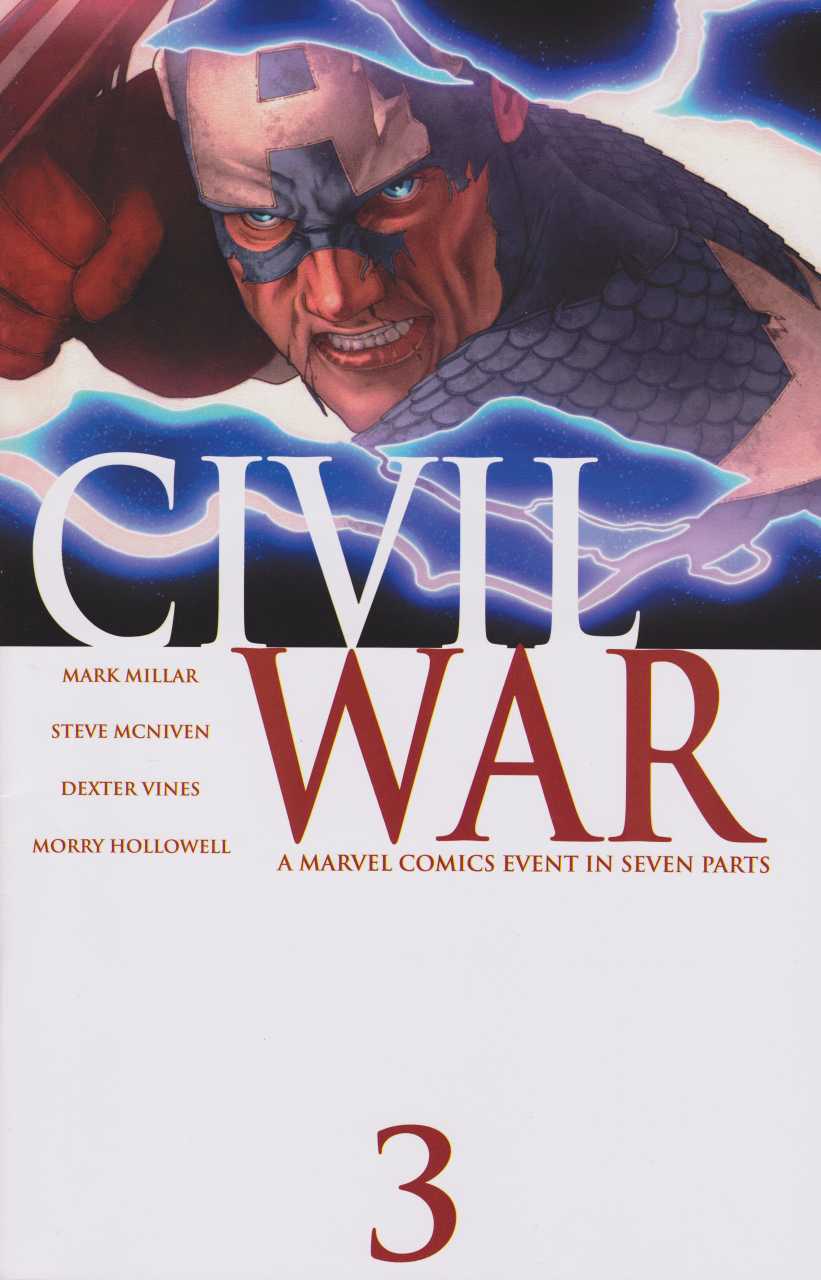According to a report from GeekWire, social media giant Snapchat has been sued in Georgia for allegedly causing a motor vehicle accident in which the at-fault motorist was distracted while using the application. Before we dive into the meat of it, we must disclose that our initial reaction to hearing of the suit was to cry foul and lament the future slippery slope of holding manufacturers liable for the poor decisions of users while operating a motor vehicle. After all, if Snapchat can be liable for allegedly distracting a driver who uses the app while driving, can cell phone manufacturers or service providers be sued for a driver’s decision to text and drive? What a perilous world we would live in right? Much to our chagrin, however, this suit is not what it may first appear.
Snapchat is primarily used for creating multimedia messages referred to as “snaps.” A snap consists of a photo or short video which can be edited to include filters and effects, text captions, and drawings. One of those effects is a filter which tracks the speed of users, including while the users are driving. Now, it doesn’t take a rocket scientist to see where this is going.
According to the complaint filed against Snapchat and Christal McGee by Wentworth and Karen Maynard, at approximately 11:15 p.m. on September 10, 2015, McGee was using the Snapchat while operating her Mercedes C230. Because she was allegedly motivated to drive fast due to the Snapchat speed filter, she accelerated her vehicle to speeds in excess of 100 mph. Unfortunately, because McGee was allegedly distracted by the app, she did not notice that a vehicle driver by Wentworth Maynard had pulled out into the road. McGee allegedly struck Maynard’s vehicle while traveling 107 mph. As a result of the car accidents, Maynard allegedly suffered permanent brain damage. McGee posted a snap of herself lying on a stretcher with the caption, “Lucky to be alive.”
While not specifically alleged in the complaint, the plaintiffs’ injury lawyer released a statement which exposes a number of other details about the moments leading up to the accident. Allegedly, McGee has three passengers in her vehicle, one of whom was pregnant. The pregnant passenger allegedly asked McGee to slow down, but McGee refused, arguing that she was “just trying to get the car to 100 miles per hour to post it on Snapchat.” The passenger allegedly saw the speed on the filter tap out at 113 mph when McGee said, “I’m about to post it.” At that moment, the impact allegedly occurred.
As an initial matter, we must caution that we do not know the merits of any of these allegations. While it is plausible that McGee was traveling in excess of 100 mph, we don’t know if the alleged Snapchat usage, if any, was to blame. Apparently, the accident occurred just before McGee could post the alleged snap, so proving as much will likely have to come from the passenger witnesses.
With that said, if the allegations are true, this is certainly a case distinguishable from our initially feared slippery slope hypotheticals. While a speed filter may be an interesting piece of technology, we assume in order for it to be useful there would need to be “speed” involved. The filter probably lacks the appeal of users taking a leisurely stroll through Central Park. We can appreciate the plaintiffs’ argument that the filter incentivizes users to go fast and, unfortunately, the most available means of doing so is by car.
Nonetheless, we still question whether Snapchat can be held liable for such an accident. This Personal Injury Attorneys in Fresno – Tomassian Pimentel & Shapazian says that even if the accident is foreseeable, isn’t a lawsuit filed by injury attorneys from Metairie such as this one akin to the much ballyhooed suits against gun manufacturers? The app and filter are legal and non-defective. We are not aware of any evidence that it is marketed as a “break the speed limit” filter. The choice to travel in excess of 100 mph ultimately falls on McGee, an able-bodied adult who knew or should have known of the dangers.
We can certainly understand both sides of the argument. This will be one that we will following closely.
















